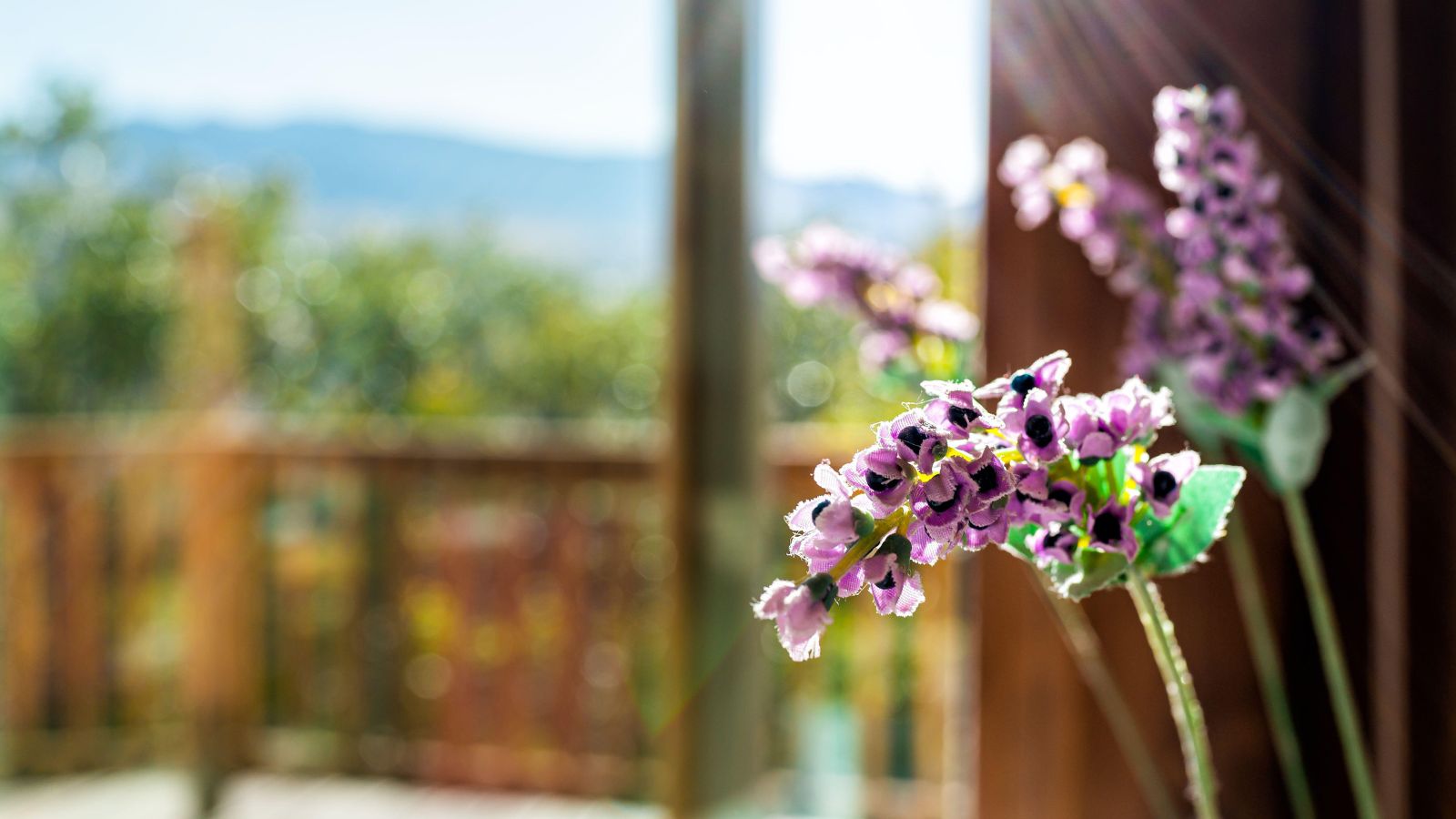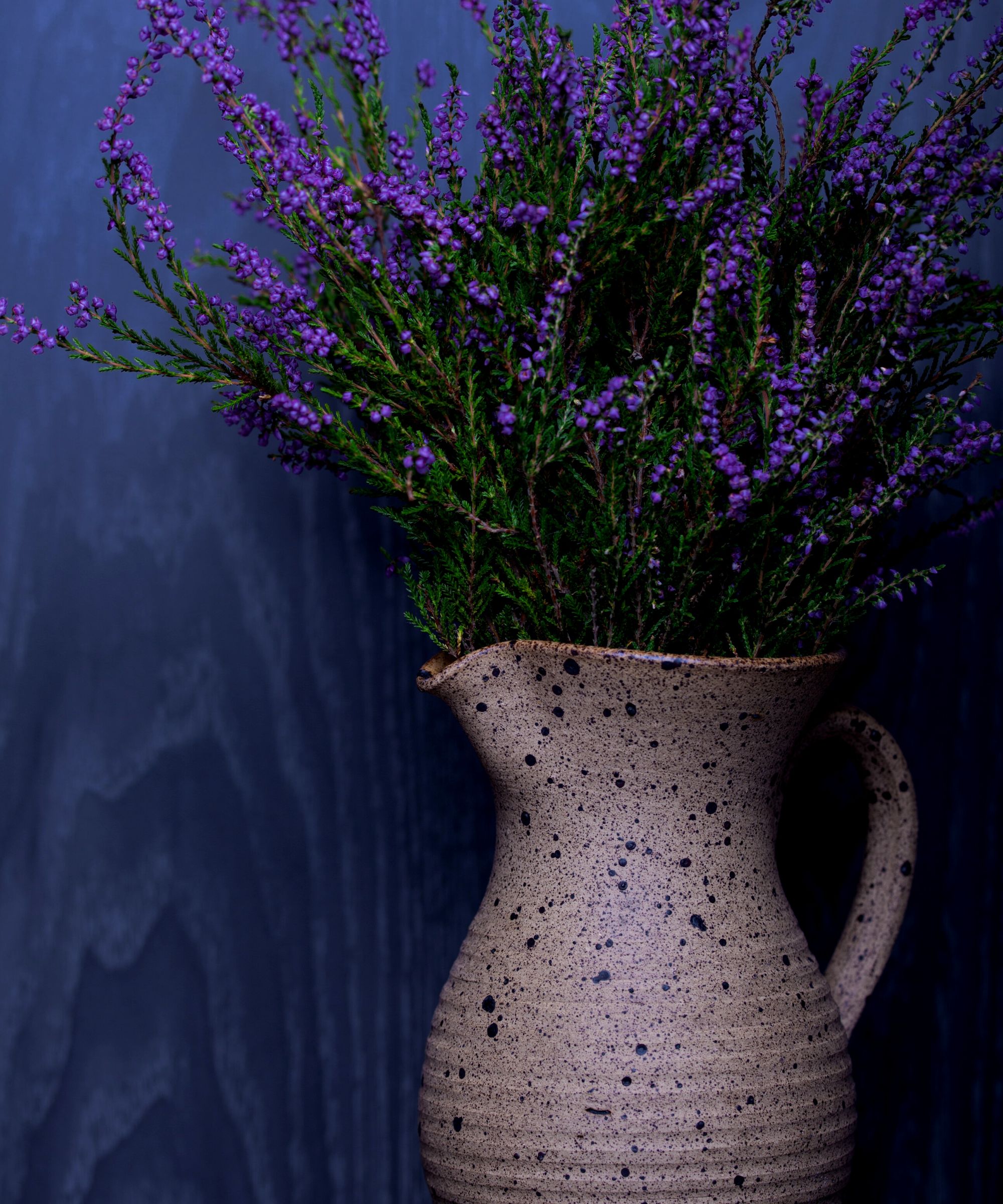Can I grow lavender indoors? And how doing so can boost your sleep and wellbeing
Learn how to grow lavender indoors for a perfect pop of color for your interiors


Lavender plants are wonderfully fragrant plants that provide a wonderful splash of purple wherever they are used. But, when summer ends, can you grow lavender indoors?
If you already know how to grow lavender outside, moving your plants indoors may appeal for several reasons. From protecting it over winter to introducing its perfumed blooms into your home for their fragrant scent, there is little reason to not want this flower in your home.
Here, experts explain how you can grow lavender indoors and share their tips for a thriving houseplant.
Can lavender grow indoors?

'Lavender is a wonderful plant to grow indoors,' explains Rachel Crow, garden editor for Homes & Gardens. 'Lavender is a hardy plant that can be grown easily in pots with little attention making it one of the best low-maintenance indoor plants for adding color to your home.'
Growing lavender indoors also has a range of health benefits making it one of the best indoor plants generally. Lavender plants are known to offer a calming effect thus proving relief from stress, low mood, and even headaches.
What's more, its strong fragrance is often despised by many house pests and common houseplant pests, making it the ideal addition to a houseplant collection to protect your home from unwanted infestations.
'If you are growing lavender outside, learning how and when to transplant lavender can help to protect your plants in periods of bad or cold weather,' Rachel adds. 'Although many plants do not take well to changing environments, lavender may thrive and possibly bloom for longer if it is moved inside carefully.'
How to grow lavender indoors from a seed

If you have not bought a starter lavender plant but want to introduce these purple beauties into your home, it is good to know how to grow lavender from seeds indoors and when to plant lavender. You can buy lavender seeds from Amazon, and Burpee's Lavender Phenomenal is their toughest lavender ever, they say.
'The first step when growing lavender indoors is to select the right pot,' advises Rachel. 'Lavender grows best in a breathable container such as terracotta filled with a potting mix mixed with some compost.
'To germinate lavender seeds inside, you need to provide the seeds with consistent warmth and light. For this process, it might be easier to sow your seeds in seedling trays so that you can position your seedlings in windows covered with a plastic bag to ensure the right conditions.'
Lavender can be a difficult plant to grow from seeds as its sprouts often emerge unevenly and can take a while to germinate. 'Keeping them in a controlled environment will help maintain a consistent germination rate,' Rachel says. 'Once germinated it can take one year for the plants to bloom fully, only flowering lighting in their first season.'
How to care for indoor lavender

Lavender is a relatively easy plant to take care of indoors and only needs to be watered once the top few inches of soil have become dry to the touch. When watering, drench the soil thoroughly and allow it to drain, emptying the drainage tray to prevent stagnant water.
'The most important part of looking after lavender plants indoors is to ensure that it gets enough light,' warns Rachel. 'Lavender will do best in a south-facing window where it can get at least three to four hours of direct sunlight a day. To make sure that your plant grows evenly, rotate it every few weeks for even flowering. You may notice weak, spindly stems if your plant is not receiving enough sunlight, and it may be more susceptible to disease,' she adds.
Knowing how to prune lavender is not only for outdoor lavender plants, Rachel says. 'Cutting old stems off of your plant not only helps to maintain its appearance and size as an indoor plant, but also encourages new growth.'
Which lavender is best for indoors?
When growing lavender indoors, French lavender is the best variety for a thriving plant. French lavender is a hardy plant that can easily survive in fluctuating temperatures such as in your home as well as flowering longer than most other varieties.
Is lavender toxic to dogs?
While lavender isn't listed amongst poisonous plants for humans, it is counted as one of the poisonous plants for dogs and is a plant that is toxic to cats, so may not be suitable for homes with pets. Lavender plants contain a small amount of a Linalool which, while not toxic in small quantities, may prove fatal if a large quantity of lavender is consumed. If you have pets, consider placing your lavender plants well out of your animals reach, and avoid leaving your pets alone in a room with toxic plants for a long period of time.
Sign up to the Homes & Gardens newsletter
Design expertise in your inbox – from inspiring decorating ideas and beautiful celebrity homes to practical gardening advice and shopping round-ups.

Chiana has been at Homes & Gardens for two years and is our resident 'queen' of non-toxic living. She spends most of her time producing content for the Solved section of the website, helping readers get the most out of their homes through clever decluttering, cleaning, and tidying tips. She was named one of Fixr's top home improvement journalists in 2024.
-
 Orange and green is the bold color pairing quietly transforming homes in 2025 – here's 4 reasons why
Orange and green is the bold color pairing quietly transforming homes in 2025 – here's 4 reasons whyInterior designers are making the orange and green combination work wonders – this is how you can too
By Sophia Pouget de St Victor Published
-
 This Michelle-Pfeiffer-approved chair is made of a forebodingly unusual material, opening the debate: Is it a rustic stunner, or a danger to sitters?
This Michelle-Pfeiffer-approved chair is made of a forebodingly unusual material, opening the debate: Is it a rustic stunner, or a danger to sitters?The actress took to Instagram with a chair made of a controversially sharp material – and fans are unsure of how they feel about it
By Sophie Edwards Published